|
|
 
|
|
Author
|
Topic: identify these soundtrack types
|
|
|
|
|
|
|
|
|
|
|
Doug Thompson
Film Handler
Posts: 27
From: Jacksonville, Fl, USA
Registered: Sep 2011
|
 posted 04-26-2012 09:57 PM
posted 04-26-2012 09:57 PM




Paul Ivester has an interesting page on his site which has examples of film stocks with soundtrack examples at the bottom of the page. Following is a cut and paste of the description of the multi stripe:
"More about the Maurer Soundtrack:
From “Audio Cyclopedia”, by Howard M Tremaine (1969 Howard M. Sams) Page 915.
“In Multiple Variable-area sound-track recording, six or more identical bilateral sound tracks are recorded side by side. Such sound tracks are generally used with 16-mm photographic sound recording. The advantages claimed for this method of recording are that because the tracks are quite narrow, distortion caused by azimuth deviation and uneven slit illumination is considerably reduced, and the signal-to-noise ratio is increased. This type sound track is used by Maurer, and the German Tobias-Klang-film Co. A method of recording 13 sound tracks, developed by Siemens-Halske, also of Germany, has been described in the literature.”
And the page link:
http://www.paulivester.com/films/filmstock/guide.htm
| IP: Logged
|
|
|
|
|
|
Stephen Furley
Film God

Posts: 3059
From: Coulsdon, Croydon, England
Registered: May 2002
|
 posted 05-01-2012 07:02 AM
posted 05-01-2012 07:02 AM




quote: Scott Norwood
I thought that we already had this discussion, but I cannot find it with the "search" function here. In any case, I am continuing with some spring cleaning and working through a to-do list that is several years old.
Scott,
I posted some scans of various track types, and I'm shocked to see that it was almost ten years ago now. I used 16mm examples for reasons which were given in the original post. It's in the thread entitled 'What are the sound formats on 16mm film?' in the Film Handler's Forum.
Almost every type of mono track used on 35 mm was also used on 16 mm, except push-pull to the best of my knowledge. There's even an example there with eight bias lines, though only four can be seen as the others are covered by a half width mag stripe.
The picture quality in your examples looks very good; are these just normal prints? I suppose they would probably have been printed direct from the camera negs in those days.
The BH perfs would have been unusual on print stock by that time; they were used on things like rear projection plates and various optical effects elements where very precise registration was required, but these would be unlikely to have a track on them, and these are not lavenders; the contrast is too high, unless you increased it when you scanned, so they do look like normal prints.
| IP: Logged
|
|
Leo Enticknap
Film God

Posts: 7474
From: Loma Linda, CA
Registered: Jul 2000
|
 posted 05-01-2012 08:53 AM
posted 05-01-2012 08:53 AM





Yup - I remembered correctly. In the mid-1930s, RCA carried out experiments with an ultra-violet light source in the sound camera mastering variable area tracks, which was eventually rolled out commercially in conjunction with Kodak optical soundtrack mastering stock that was specifically formulated for use with U/V: type 1357 (negative) and 1360 (fine-grain positive). It improved the signal-to-noise ratio and was more resilient in duplication through multiple generations, compared to sound records exposed using light in the visible spectrum (even if the final release print was exposed that way from a combined interneg). The top example is an RCA Duplex, ultra-violet track.
References:
G.L. Dimmick, "Improved resolution in sound recording and printing by the use of ultraviolet light", Journal of the SMPE no. 27 (August 1936), p. 168.
J.W. Kellogg, "History of Sound Motion Pictures, part 2", J/SMPE vol. 64 (August 1955), reprinted in Raymond Fielding (ed.), A Technological History of Motion Pictures and Television, U. Calif. Press (1968), pp. 209-210.
| IP: Logged
|
|
|
|
Leo Enticknap
Film God

Posts: 7474
From: Loma Linda, CA
Registered: Jul 2000
|
 posted 05-01-2012 01:59 PM
posted 05-01-2012 01:59 PM





Can you give me an idea of what the actual films are (as in, the title and content of them)? Are they all snipes? If the subject is more national than regional, my first thoughts would be either the Library of Congress (Culpeper, VA) or the UCLA Film and Television Archive, which I would guess are probably the two largest non-profit collections in the US. There are lots of others, though, many of which are subject or region-specific in terms of what they collect. If the film was either made by or has a significant connection to a US Government agency, the National Archives and Records Administration (NARA) also has a major audiovisual department (College Park, MD). One of the studio archives might be interested, if your films would fill in gaps in their own collection. Please feel free to email me privately if you'd like more info or contact names in any of these places.
| IP: Logged
|
|
|
|
All times are Central (GMT -6:00)
|
|
Powered by Infopop Corporation
UBB.classicTM
6.3.1.2
The Film-Tech Forums are designed for various members related to the cinema industry to express their opinions, viewpoints and testimonials on various products, services and events based upon speculation, personal knowledge and factual information through use, therefore all views represented here allow no liability upon the publishers of this web site and the owners of said views assume no liability for any ill will resulting from these postings. The posts made here are for educational as well as entertainment purposes and as such anyone viewing this portion of the website must accept these views as statements of the author of that opinion
and agrees to release the authors from any and all liability.
|

 Home
Home
 Products
Products
 Store
Store
 Forum
Forum
 Warehouse
Warehouse
 Contact Us
Contact Us




 Printer-friendly view of this topic
Printer-friendly view of this topic






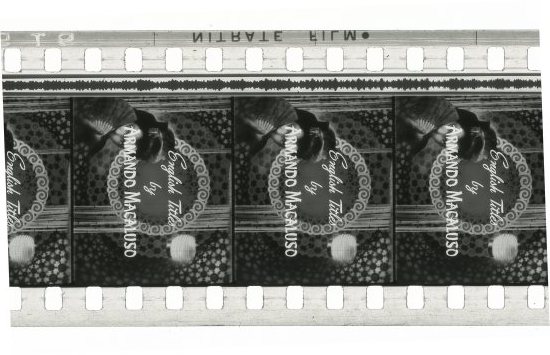
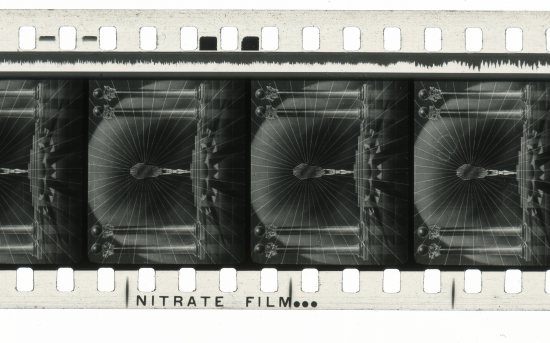
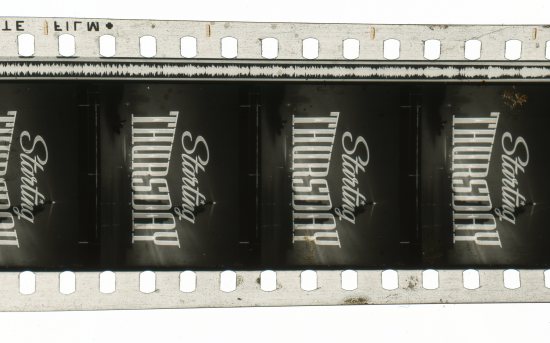
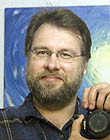
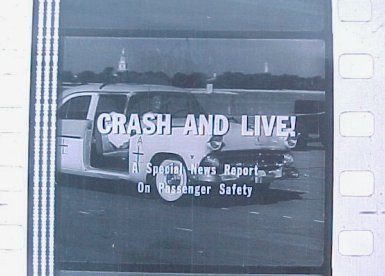
![[Smile]](smile.gif)







